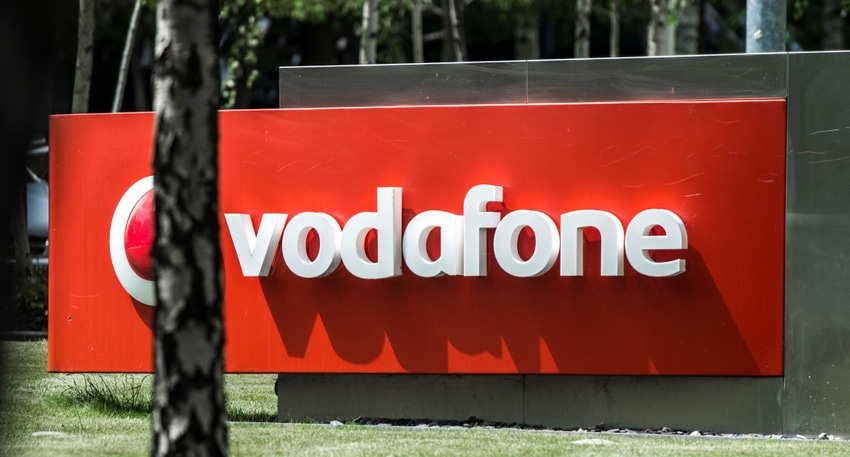Vodafone Germany launches a network offensive
Vodafone Germany is expanding what it terms its "network offensive," building out new base stations and 5G masts at a time of increasing network traffic.
May 26, 2021

Vodafone Germany is expanding what it terms its “network offensive,” building out new base stations and 5G masts at a time of increasing network traffic.
The mobile operator this week declared that it will undertake more than 7,000 mobile infrastructure build projects in the current financial year, which began in April, including 3,000 5G projects that it will see it activate 9,000 antennas for 5G.
It claims to have exceeded its targets on 5G coverage, having extended the network to 25 million; it is now shooting for 30 million population coverage with 5G this calendar year.
Vodafone said it is activating an increasing number of sites on 5G standalone, that is, with 5G in the core, although it did not provide specifics on that. The telco is ahead of the pack in Germany when it comes to 5G standalone, having launched services just over a month ago.
But it’s not all about 5G. Vodafone also said it is refarming 3G spectrum for LTE, switching 3G to 4G at 18,000 sites this summer.
Competition is pretty fierce in Germany, with the big guns – Deutsche Telekom, Telefonica and Vodafone – all clamouring for supremacy across both fixed and mobile, while facing increased competition from smaller players like 1&1 Drillisch and Freenet. Little wonder then that Vodafone is so keen to tell us about its ongoing network build.
It’s not just competitors that are the issue though; customers are also driving rollout, particularly in the wake of changing behaviour brought about by the Covid-19 pandemic.
“A look at our network shows that people are taking more time to make calls again. Each call lasts more than three minutes on average: 35 seconds longer than a year ago,” said Hannes Ametsreiter, chief executive of Vodafone Deutschland, adding that video calls and streaming led to a 40% increase in data on the network.
“In the new financial year we will build additional stations where there are still annoying dead spots. We are switching off 3G to free up even more space for LTE. And we are the first provider in Germany to turn 5G into a commercial real-time network in more and more places – completely independent of the existing LTE infrastructure,” he said.
It almost feels like the early days of mobile technology, when operators were racing for 2G coverage and talking up the number of base stations they had installed, how many customers were using their networks, and so forth. Technology changes quickly, but the marketing machine…not so much.
About the Author(s)
You May Also Like








.png?width=300&auto=webp&quality=80&disable=upscale)


_1.jpg?width=300&auto=webp&quality=80&disable=upscale)


.png?width=800&auto=webp&quality=80&disable=upscale)